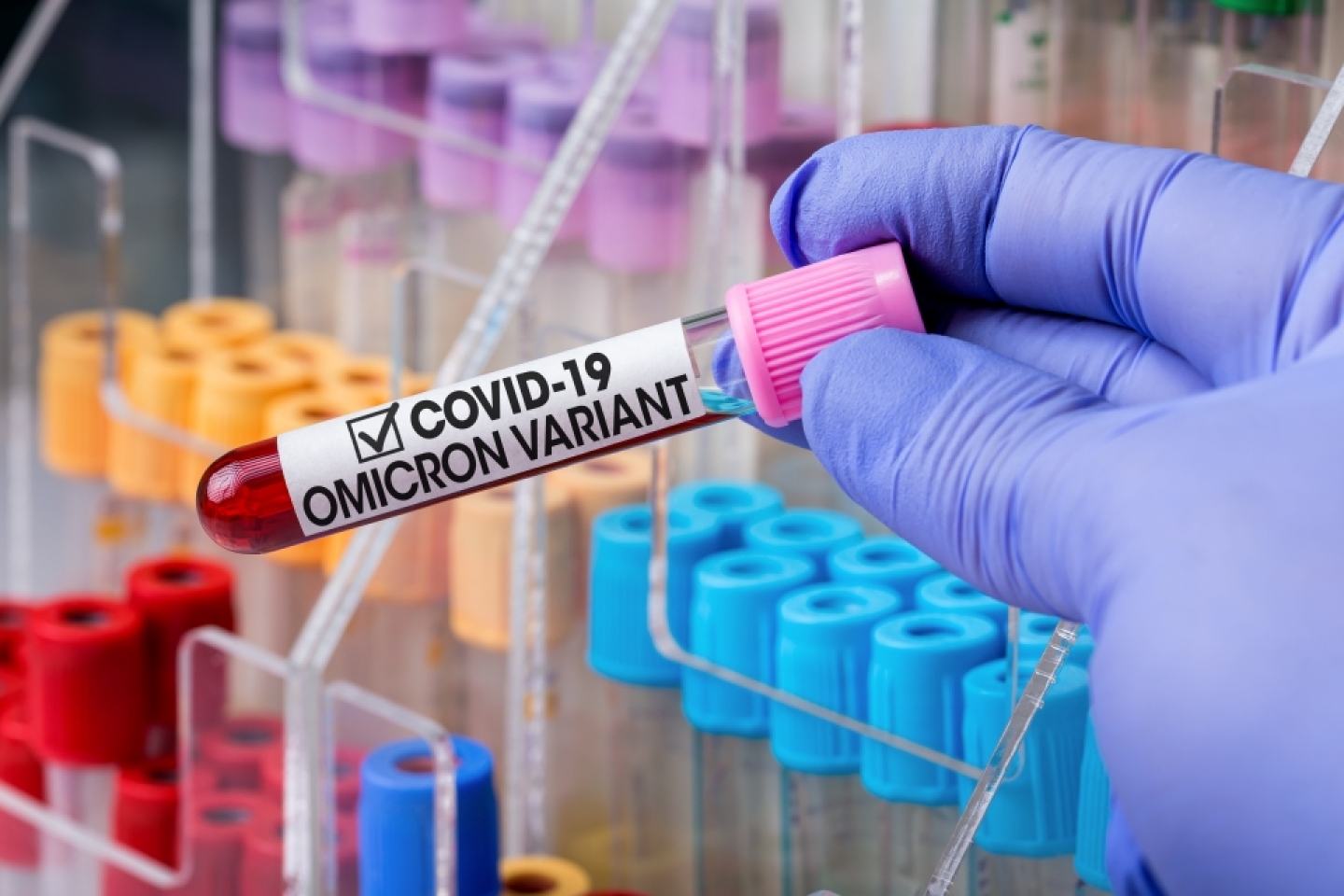
Omicron is here. In fact, by the time you read this, the number of cases that have already hit the United States will likely have multiplied. That’s because this new ‘variant of concern’ has about 30 genetic mutations that make it more contagious than all previous variants, according to Dr. Salim A. Karim, Professor for Global Health in the Department of Epidemiology at the Mailman School of Public Health at Columbia University and Adjunct Professor of Medicine at Weill Cornell Medicine.
First identified in South Africa, where it seems to be spreading more than twice as fast as Delta, Omicron quickly surfaced in travelers to Australia, Austria, Belgium, Britain, Canada, Czech Republic, Denmark, Germany, Israel, Italy, the Netherlands, Portugal, and Hong Kong, and the U.S. “Omicron is growing faster than anything we’ve seen before,” Dr. Karim says. “It draws on the most advantageous mutations of the Alpha, Beta, and Delta variants, which enables it to spread much more easily, even among vaccinated people,” he explains. “But we actually don’t know what this virus can do. We have to figure it out as we go along.”
A ‘variant of concern’ is a dangerous variant that may spread quickly, cause severe disease, or lower the effectiveness of vaccines or treatments. Different variants have driven each wave of COVID-19, Dr. Karim says, noting that a fourth wave could be underway. Delta, which recently accounted for virtually all COVID-19 cases in the United States and globally, was the last coronavirus variant before Omicron to receive this designation.
Because COVID-19 is still mutating and no vaccine is 100% effective, however, researchers won’t know for a while if the current vaccines will remain protective, he says. “We expect some level of immunity escape, otherwise known as ‘breakthrough infections,’ although data are not available, so there’s no definite way of knowing,” he says.
Breakthrough infections are nothing new, Dr. Karim says. In fact, he adds. “We have already observed a rapidly increasing number of re-infections, and we expect that individuals with past infections are likely to get infected again.”
Although Omicron may dodge some of the antibody protection that comes with vaccination or COVID-19 infection, or even resist certain monoclonal antibody treatments, there is no evidence that it causes more severe disease than previous variants, Dr. Karim adds. So far, doctors are seeing patients with symptoms that are similar to previous cases of COVID-19. “Doctors have also noticed that patients are generally younger, probably because we have higher vaccine coverage in older populations,” he notes.
Even if Omicron does turn out to be more virulent than other variants, the Moderna, Pfizer-BioNtech, and Johnson & Johnson vaccines will probably reduce the chances of it causing severe disease. “Based on what we’ve seen with previous variants of concern, we expect the vaccines will do pretty well in protecting against hospitalization, severe disease, and death,” Dr. Karim says.
That’s good news, since Omicron won’t be the last variant that the world sees, Dr. Karim predicts. “I’m anticipating we will see several more variants before the virus finally stops mutating,” he says. Eventually, however, it will mutate to a point where it compromises its own fitness, he says.
For now, the CDC recommends that everyone 5 years and older protect themselves from COVID-19 by getting fully vaccinated, and that all adults ages 18 years and older receive a vaccine booster either six months after their initial Pfizer or Moderna series or two months after their initial J&J vaccine. It also urges everyone to follow prevention strategies, such as wearing a mask in public indoor settings in areas of substantial or high community transmission, washing hands frequently, and physically distancing from others. “We became complacent,” Dr. Karim says. “We’ve got to get back to being diligent.”